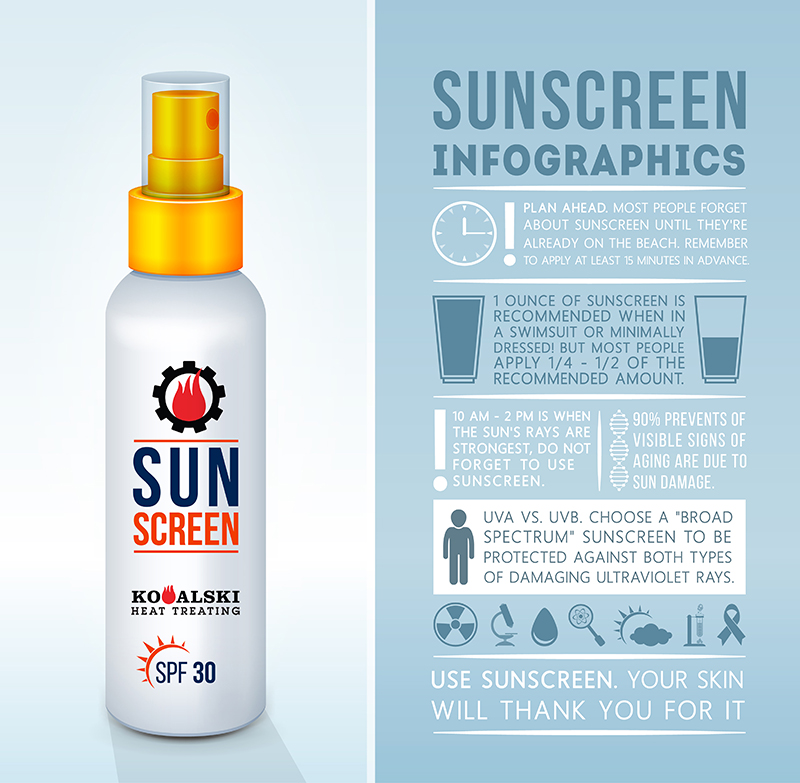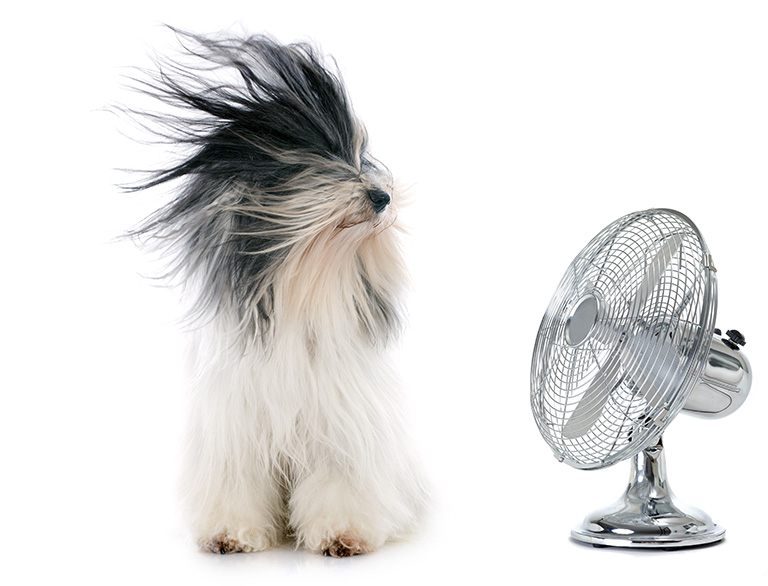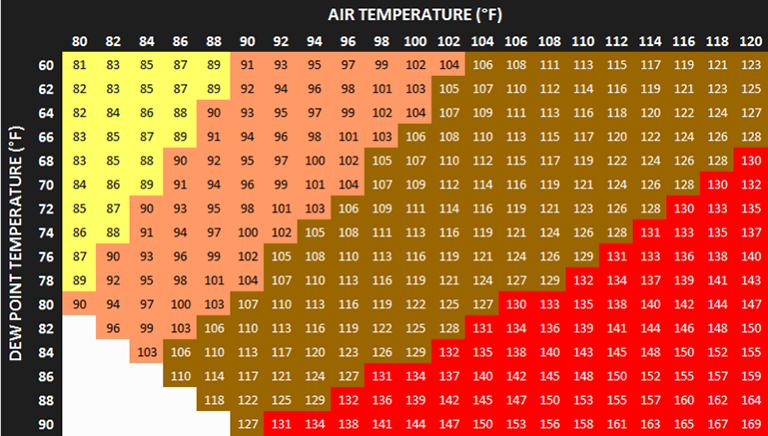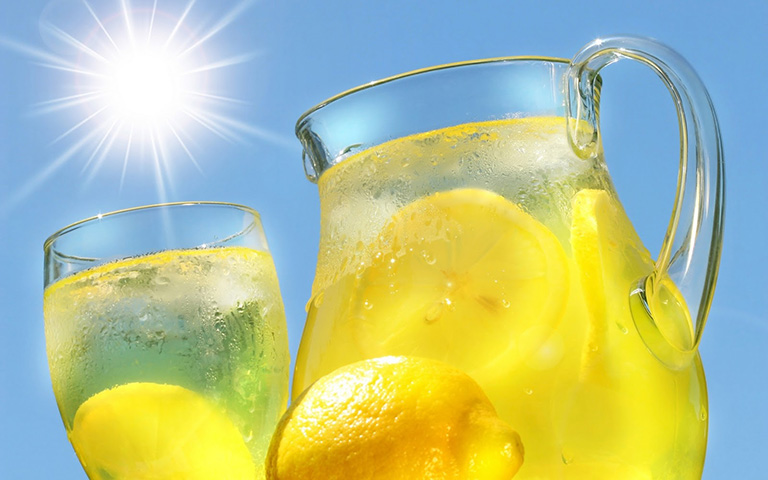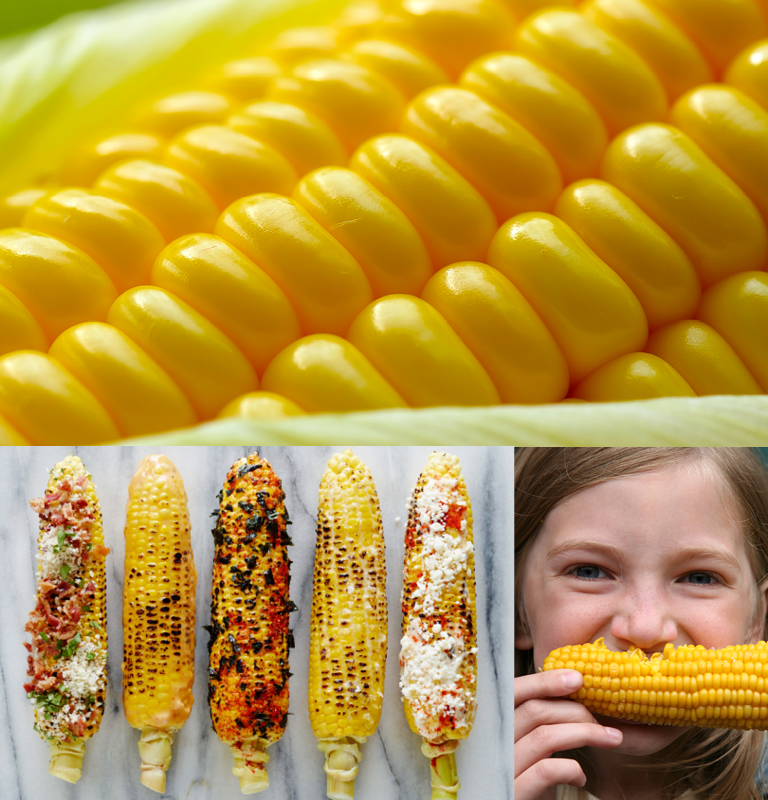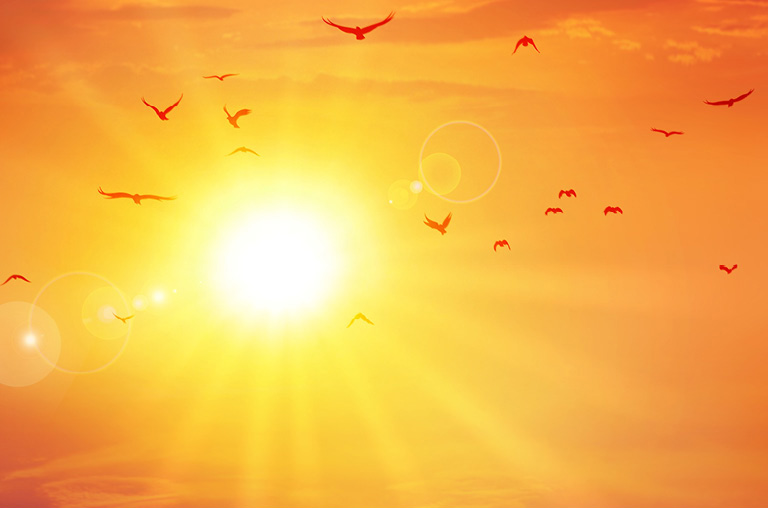
With the mercury reaching uncomfortable highs these next few weeks, your “heating and cooling experts” at Kowalski Heat Treating have some handy tips – things we’ve learned along with tips from our friends at Real Simple magazine. As kids, the heat never really bothered us – we used to just turn on the sprinkler, blast each other with the hose or jump in the pool. There was nothing better than making a great big whirlpool with my brothers and sisters! But, now that we’re a bit older, somewhat wiser, and not as carefree, here are some good tips to try as you work to beat back the heat.
Wick while you work. To keep yourself cooler when computing, plug a Kensington FlyFan ($10, amazon.com) into a USB port on your machine. The fan’s flexible neck lets you direct the breeze to your sweaty brow.
Cool Your Neck, Wrists and Behind Your Knees. Using a cool washcloth, or one stored in the fridge, gently place a cool cloth in these areas. It will help cool you down much quicker.
Take A Cold Shower. Obvious, but not many people do this. Cool down and then put on loose fitting, light weight clothing.
Try a Desert Trick. When the air outside is dry and cooler than the air inside, usually at night and in the early morning, hang a damp sheet in an open window. “That’s what we do here in Death Valley,” says Dale Housley, a ranger at Death Valley National Park. Incoming breezes are cooled by the evaporating water.
Cool Smoothies, Lemonade and Ice Water. Make yourself a fresh smoothie from frozen fruit, ice and juice. Or better yet, try an ice cold glass of water or lemonade. Pack it full of ice cubes, and drink it slowly.
Avoid Direct Sun and Exercise Carefully. Wear a light colored hat, (this is especially important to those of us who are follicley challenged!) stay in the shade, and take it easy. If you must exercise, or do yardwork, take breaks often, and hydrate with cool water. Your body will love the liquids and turn on its sweat machine. Give yourself time to recover before heading back out.
Block the Sun. Closing curtains and blinds (ideally with sun-deflecting white on the window side) can reduce the amount of heat that passes into your home by as much as 45 percent, according to the U.S. Department of Energy.
Make a Makeshift Air Conditioner. If it’s hot but not humid, place a shallow bowl of ice in front of a fan and enjoy the breeze. As the ice melts, then evaporates, it will cool you off.
Give your A/C Some TLC. Clean or replace the filter in room and central air conditioners about once a month during the summer. If you have central air-conditioning, have the ducts checked for leaks, which can reduce a system’s efficiency by as much as 15 percent, according to the U.S. Department of Energy. Seal any cracks between a window unit and the frame with caulking or a sealant strip.
Close the Damper. While running any kind of air conditioner, shut your fireplace damper. An open one “pulls hot air into your house instead of sucking it out,” says Tommy Spoto, a master chimney sweep at Chimney Chap, in Copiague, New York. “This is called flow reversal.”
Close Everything Else, too. Whether the air conditioner is on or off, keep windows and doors shut if the temperature outside is more than 77 degrees Fahrenheit (most people start to sweat at 78). Whenever the outside air is hotter than the inside air, opening a window invites heat to creep in.
Spritz Yourself. Keep a spray bottle in the refrigerator, and when the going gets hot, give yourself a good squirt. “It’s all about thermal regulation,” says John Lehnhardt, an elephant expert at Disney’s Animal Kingdom, in Lake Buena Vista, Florida. “As the water evaporates, it cools you.” While elephants wet their ears first by blasting water from their trunks, humans should begin with their wrists to quickly cool down the blood flowing through their veins.
Fan Strategically. If the day’s heat is trapped inside your home, try a little ventilation at night or when the temperature drops below 77. A window fan can help; the trick is to face the blades outside to suck warm air out of the house and pull cooler air in. “Kind of surprising,” says Bill Nye, the Science Guy, a scientist, engineer, comedian, author, and inventor. “Having a fan blowing in is a good idea―but it’s not as effective as one that’s blowing out.”
Let Your Computer Take a Nap. Set it to go into low-power “sleep” mode if you are away from it for more than 10 minutes and it will give off less heat. When you’re finished for the day, shut the machine down completely. Despite what some IT guy may have told you years ago, properly shutting down and restarting modern-day computers won’t put undue strain on the hardware. And forget about working with a computer on your lap―it’s too darn hot. That’s why they changed the name from laptop to notebook.
For a full list, visit realsimple.com


